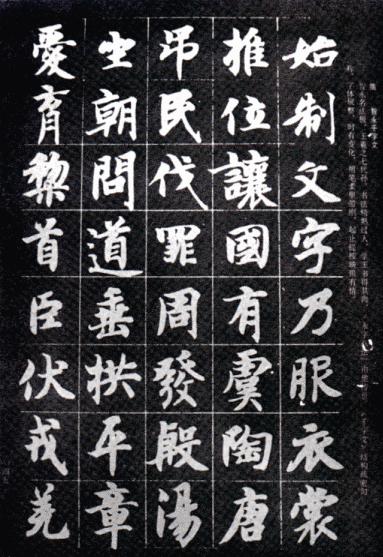| Art Q&A > Calligraphy |
|
|
Regular Script
Kaishu is regular with a tight structure and fluent strokes. Calligraphers in the history produced many masterpieces that have been handed down. Ouyang Xun, Liu Gongquan, Yan Zhenqin and Zhao Meng developed Kaishu to its peak with their unique styles, and they were called Four Masters of Kaishu.
Because Kaishu is easier to write and recognize than Li calligraphy, it has taken the place of the latter and become a general font ever since the Wei and Jin dynasties. In the Song Dynasty, the development of typography helped create Songti- a kind of calligraphy specially for typing based on Kaishu. Nowadays, calligraphies such as Songti, Fangsongti, Heiti and so on, which are for typeset in computer and other printed materials, are all different applications of Kaishu. |
||||
All rights reserved. Reproduction of text for non-commercial purposes is permitted provided that both the source and author are acknowledged and a notifying email is sent to us. |
||||
 |
